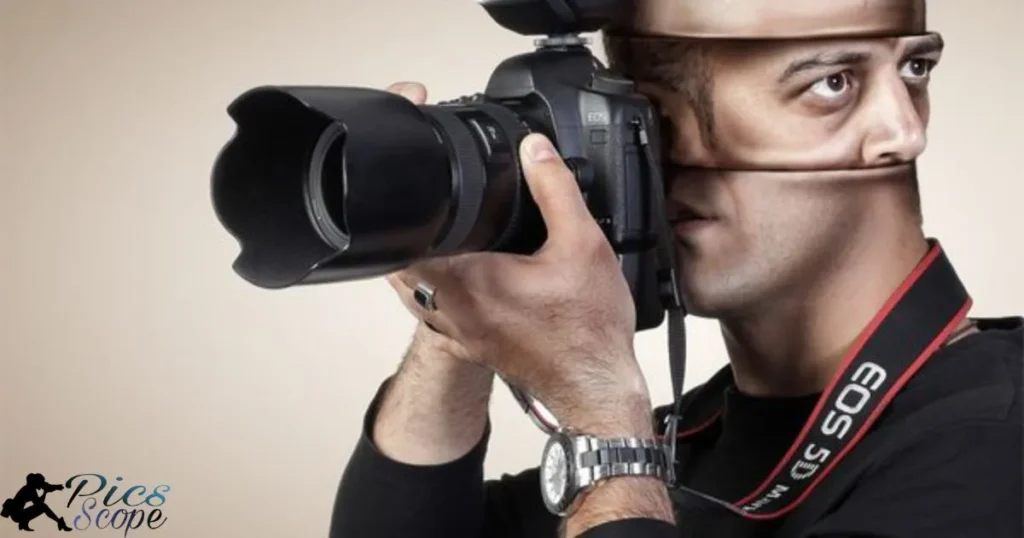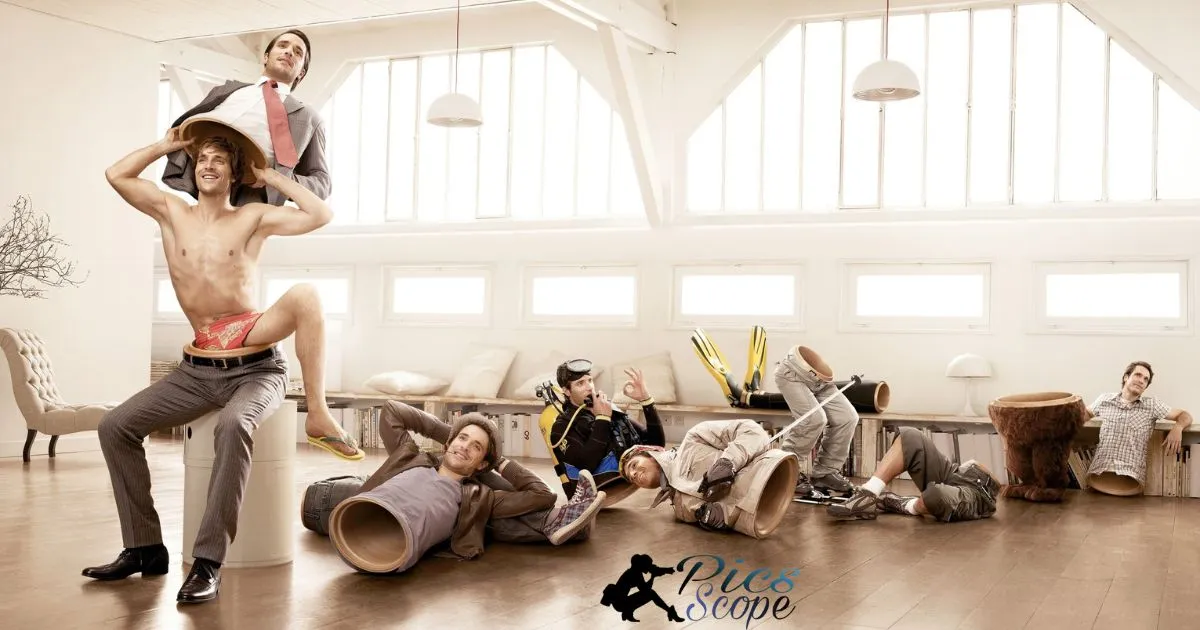Advertising photography and catalog photography are two types of commercial photography used for different business purposes. Advertising photography is designed to promote a product, service, or brand. The goal is to grab the viewer’s attention and influence them to take action, like making a purchase.
How does advertising photography differ from catalog photography?” This is an important question for any business selling products or services. The images used can greatly impact marketing and sales. Understanding the distinct purposes and techniques of these two types of photography is key.
While advertising and catalog photography are both commercial in nature, there are some key differences. Advertising photographs are meant to tell a story and connect with the viewer on an emotional level. Dramatic lighting, interesting angles, and compelling concepts are often used. Catalog images focus more on clearly showcasing product details and features in a consistent, uniform manner.
What is advertising photography in photography?
Advertising photography is a genre of photography that involves shooting creative images for advertising campaigns to promote a company, brand, product or service. The goal is to capture visually striking photos that grab attention and effectively communicate key messages.
How is mood captured in advertising photography?
Mood is a critical element in advertising photography. Photographers use various techniques to convey a desired mood that aligns with the branding and elicits an emotional response. This includes thoughtful use of lighting, colors, styling, models, environments and post-processing.
For example, using soft, warm lighting and neutral tones can create a pleasant, comforting mood. Dramatic shadows and bold colors may capture a mood of intensity or edginess. Choice of models and their expressions also greatly impacts mood.
What storytelling techniques are used in advertising photography?
Effective advertising photography should visually tell a compelling brand story, not just display a product. Photographers use creative concepts and narrative elements to convey an engaging story that resonates with the target audience.
Some key storytelling techniques include using evocative metaphors, interesting juxtapositions, humor, emotion, movement and thoughtful framing that leads the viewer’s eye through the image. The right location and styling choices also enhance visual storytelling.
How is creativity displayed in advertising photography?
Creativity is vital in advertising photography to grab attention and communicate memorably. Photographers leverage unique perspectives, bold visuals and imaginative concepts to showcase products or services originally.
Examples of creative advertising photography include unusual product placements, whimsical prop pairings, The Difference Between Commercial Photography And Advertising visually striking abstract imagery and unexpected use of colors, shapes and environments. Unconventional framing, dramatic lighting and innovative post-processing also showcase creativity.
What is catalog photography in photography?
Catalog photography refers to the type of commercial photography used for product catalogs and ecommerce websites. The purpose is to showcase products in a consistent and appealing way to promote sales.
Catalog photos need to accurately represent products, including size, colors, materials, and other details. The lighting, angles, backgrounds, and composition should all be carefully considered.
What products are shown in catalog photography?
Catalog photography is used to photograph almost any type of consumer product that needs to be visually marketed. This includes apparel, accessories, footwear, jewelry, electronics, housewares, furniture, toys, sporting goods, tools, automotive parts, and more.
Even industrial equipment, machinery, and components may be photographed for business-to-business catalogs. The key is that the products need high quality, consistent images for customers to evaluate.
How are products presented in catalog photography?
In catalog photography, products are carefully styled and arranged to look appealing. Solid colored backdrops are often used to avoid distracting backgrounds. Multiple angles showcase the product details.
Tabletop setups, mannequins, live models, lifestyle situations, and other creative presentations may be used as appropriate to the product. The goal is enticing images that attract customer interest and convey a positive brand image. Consistency in the lighting, colors, focus, perspective, and overall look is vital across all product images.
What image consistency is needed in catalog photography?
Catalog photography requires a high degree of visual consistency across all product images. The lighting (quality, direction, brightness) should remain uniform in all shots. Colors must be accurate and balanced.
Image framing, scale, and perspective should match for all products. Depth of field, focus, and sharpness should also stay consistent. Even factors like the room temperature and humidity are controlled to achieve reliable results over multiple shooting sessions.
How does concept differ between advertising photography and catalog photography?

The concept behind advertising photography is to create an emotional appeal and compelling story to promote a product or service. The goal is to influence customer behavior and decision making by connecting with them on an emotional level.
In contrast, catalog photography is more informational with the goal of showcasing products in an objective light. Catalog photos allow potential customers to see details of products at multiple angles rather than attempting to tell a story.
While advertising photography uses concepts like lifestyle imagery and aspirational messaging, catalog photos focus on clearly and accurately displaying product details. Advertising concepts aim to build desire by associating products with feelings and experiences customers want.
What is the goal of concepts in advertising photography?
The goal of concepts in advertising photography is to influence behavior and decision making by forging emotional connections between products/services and desirable feelings or experiences. Concepts aim to build desire by associating brands and products with aspirational lifestyles and values that resonate with target demographics on an emotional level.
Effective advertising concepts capture a mood, lifestyle, or emotion that sparks recognition and interest rather than merely displaying product details. The concepts attempt to shape perceptions, influence opinions, and motivate purchases through compelling, creatively executed visual stories.
What is the goal of concepts in catalog photography?
The goal of concepts in catalog photography is to accurately and objectively display product details to inform and educate potential customers. Rather than attempting to influence decisions by provoking emotion, catalog concepts allow shoppers to evaluate products based on visual qualities like style, materials, construction, scale, and color options.
Catalog photos serve the practical purpose of showing products from multiple angles, providing views of key details, demonstrating scale in room settings or on models, and depicting all color and pattern options available.
The lighting, background, framing and context is standardized to create visual consistency across products for easy comparison. This allows shoppers to make informed purchase decisions based on product merits.
How do concepts differ between advertising and catalog photography?
Advertising and catalog photography have distinct approaches when it comes to lighting, framing, and intent behind the images. The key differences can be summarized as:
| Concept | Advertising Photography | Catalog Photography |
| Lighting | Dramatic, sets mood | Bright, diffuse, multiple angles |
| Framing | Strategic, aspirational | Accurately displays product |
| Intent | Elicit emotion, sell lifestyle | Inform potential buyers |
Advertising photography utilizes lighting, composition, and editing techniques to tell a story and link products to desirable lifestyles or emotions. The goal is to captivate audiences by selling an ideal or dream. Meanwhile, catalog photography plainly showcases product details in the most accurate, informative way possible to educate potential purchasers.
How does style differ between advertising photography and catalog photography?
Advertising photography tends to have a more stylized look and feel compared to catalog photography. The goal of advertising images is to grab attention and elicit an emotional response, so photographers will often use dramatic lighting, interesting angles, bold colors, and conceptual styling.
Catalog images on the other hand aim to clearly showcase products in a straightforward manner. Catalog shots tend to have simple, clean backgrounds so the product is the main focus. The lighting and color palette also tend to be more natural and neutral.
While advertising leverages visual style for impact, catalog photography values simplicity and clarity. Advertising campaigns craft images to align with a brand’s messaging and personality. So an edgy, urban clothing line would likely have gritty, moody ad photos. Catalogs instead focus on highlighting product details like shape, texture, and color accuracy.
What stylistic elements are used in advertising photography?
- Dramatic or moody lighting – Low key lighting with high contrast creates drama and elicits emotion
- Strategic use of color – Colored gels or filters to set a tone and elicit feelings
- Interesting compositions – Rule of thirds, leading lines, juxtaposition to draw attention
- Emotional expressions – Facial expressions and body language to connect with viewers
- Aspirational settings – Linking products to desirable lifestyles and settings
- Celebrity endorsements – Associating brands and products with admired public figures
- Retouching and post-processing – Perfecting images to present an idealized reality
- Storytelling – Implying narratives and using visuals to persuade and sell dreams/ideals
- Focus on styling – Meticulous staging, props, posing, and attention to details
- Evocative visuals – Images that elicit reactions and forge emotional connections
The goal is stylized, artful photographs that influence perceptions and appeal to emotions rather than simply display products.
What stylistic elements are used in catalog photography?
Catalog photography is all about showcasing products in a clear, straightforward manner. So the style tends to be simple and pared back compared to advertising images. Catalog shots typically have consistent lighting to accurately convey colors, details, and textures.
Products are cleanly composed against plain white or light gray backgrounds so there are minimal distractions. Images are evenly lit from multiple angles to highlight all sides and features. Depth of field spans the entire product for maximum sharpness throughout. Catalog photos also maintain consistent perspective and angle across product categories for visual cohesion when browsing.
Post-production also aims for naturalism so images reflect true product appearance – only basic color correction and sharpening adjustments are made. Since the goal is to inform purchase decisions, catalog style avoids anything overly ornate or distracting.
The no-frills aesthetic and technical precision ensure shoppers can evaluate products objectively based on their needs. So while advertising dazzles with style and spectacle, catalog photography takes a pared back documentary approach to showcase products in their purest form.
How does lighting differ between advertising photography and catalog photography?

Lighting differs significantly between advertising and catalog photography due to their different goals. Advertising photography uses lighting to set a mood and elicit an emotional response, often using low key or high contrast lighting to create drama or interest.
Catalog photography focuses more on accurately and clearly showcasing the features and details of a product, using bright, flat, and diffuse lighting from multiple angles to ensure every part of the product is seen.
While advertising photography might use colored gels or narrow beams of light to create shadows or highlights, catalog photography tends to rely on broad, soft light sources that wrap around all sides of a product evenly. The priority is capturing intricate product details through crisp, well-lit photographs rather than using light to tell a story or convey a feeling.
What lighting is used to set mood in advertising photography?
Advertising photography makes deliberate lighting choices to match the desired mood and emotion being conveyed, often using low key lighting, colored gels, or dramatic shadows. Low key lighting with a strong contrast between highlights and shadows helps set an edgy, gritty, or mysterious mood.
Colored gels can set a festive, vibrant, or nostalgic tone. Strong backlighting and silhouettes can convey feelings of awe or grandeur. High contrast, directional lighting like Rembrandt or split lighting creates an element of drama or intrigue, while subtle fills and reflectors prevent shadows from becoming too dense. The emphasis is on lighting that enhances the storytelling and elicits an emotional response from the viewer.
What lighting is used to showcase products in catalog photography?
Catalog photography uses bright, diffuse lighting from multiple angles to ensure every surface and detail of a product is clearly visible with no uneven shading or shadows. Rather than setting a mood, the priority is accurately representing colors, textures, shapes, and intricacies.
Broad light sources like softboxes and umbrellas positioned at various angles relative to the product provide even, wraparound illumination. Additional fill lights, reflectors, and backlights may be used to brighten any remaining shadows.
How does lighting differ between advertising and catalog photography?
In summary, advertising photography manipulates direction, color, and contrast of light to enhance the storytelling and elicit an emotional response. Catalog photography relies on ample, even, neutral light from all angles to provide complete and accurate product visibility showcasing every feature to potential buyers.
FAQ’s
How does the lighting differ between advertising and catalog photography?
Advertising uses dramatic lighting to set a mood while catalog uses flat, bright lighting to clearly showcase products.
What is the goal of an advertising photo?
To elicit an emotional response and persuade viewers to buy the product.
What is the goal of a catalog photo?
To accurately display a product’s details to inform potential buyers.
Does advertising photography focus more on the product or telling a story?
Advertising focuses more on storytelling to link products to desirable lifestyles.
Does catalog photography focus more on products or storytelling?
Catalog photography focuses directly on displaying product features and details.
Conclusion
Advertising photography and catalog photography have distinct goals and approaches. Advertising uses dramatic lighting and stylized framing to elicit emotions and persuade viewers to buy products or lifestyles. Catalog photography utilizes bright, diffuse lighting from multiple angles to clearly display product details to potential purchasers.
While both types aim to promote products, advertising focuses on storytelling, conveying ideals and aspirations by strategically utilizing color, contrast, and bold compositions. Meanwhile catalog photography showcases functionality over flair, concentrating fully on the product with crisp, commercial images designed to inform buyers.
Ultimately advertising sells a dream and catalog sells information. Through separate lighting techniques and visual priorities, these two realms of photography achieve their aims whether to captivate or educate consumers.







